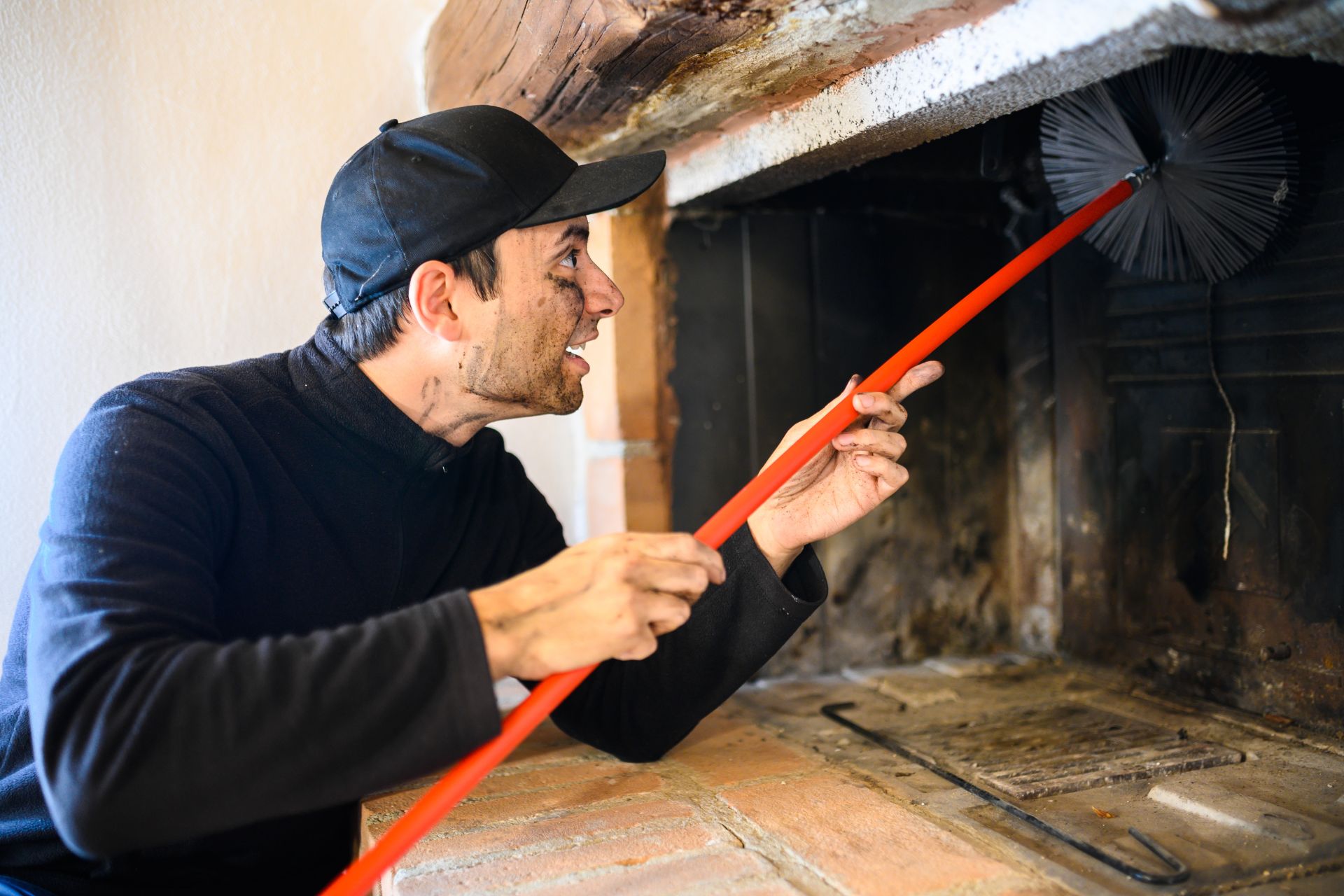

Articles
How To Stop Cold Air From Coming Down Chimney
Modified: February 24, 2024
Learn effective techniques to prevent cold air from entering your home through the chimney with our informative articles.
(Many of the links in this article redirect to a specific reviewed product. Your purchase of these products through affiliate links helps to generate commission for Storables.com, at no extra cost. Learn more)
Introduction
Welcome to our comprehensive guide on how to stop cold air from coming down the chimney. As the colder months approach, it’s essential to make sure your home remains warm and comfortable. One common problem that homeowners encounter is cold air entering their living space through the chimney. This not only results in uncomfortable drafts but also leads to increased heating expenses.
In this article, we will delve into the various methods and solutions to help you resolve this issue. Whether you are a seasoned DIY enthusiast or a homeowner looking for professional guidance, we have got you covered. By understanding the problem, assessing chimney draft, and implementing effective measures, you can finally put an end to those chilly drafts and enjoy a cozy and efficient living space.
So, let’s get started and learn how you can prevent cold air from infiltrating your chimney and affecting the comfort of your home.
Key Takeaways:
- Keep your home warm and cozy by installing a chimney cap to block cold air and prevent debris from entering, ensuring a comfortable and energy-efficient living space.
- Seal the chimney flue, use a chimney balloon, weatherstrip the damper, and consider insulating the chimney to effectively stop cold air infiltration, reducing heat loss and enhancing comfort.
Understanding the Problem
Before we jump into the solutions, it’s important to understand why cold air is entering your chimney in the first place. Several factors contribute to this issue, and knowing them will help you tackle the problem more effectively.
One of the main reasons for cold air entering the chimney is the chimney draft. A chimney draft refers to the flow of air in and out of the chimney. Normally, warm air from inside the house rises and escapes through the chimney, creating a negative pressure that draws in fresh air from outside to replace it. However, when there are imbalances in temperature or pressure, cold air can be forced down into the chimney, resulting in unwanted drafts.
Another factor contributing to cold air infiltration is the absence of a chimney cap. A chimney cap is a protective covering that sits on top of the chimney opening, preventing debris, animals, and even cold air from entering. Without a chimney cap, cold air can easily flow down the chimney and seep into your living space.
Furthermore, a damper that doesn’t seal properly can also be a culprit. The damper is a hinged metal plate located inside the chimney that controls the airflow. If the damper is worn out or doesn’t close tightly, it can allow cold air to enter the chimney and find its way into your home.
Now that we have a better understanding of the problem, let’s explore different ways to address it and keep that cold air where it belongs – outside.
Assessing Chimney Draft
Before implementing any solutions, it’s crucial to assess the strength and direction of the chimney draft. This will help you determine the severity of the problem and guide your approach to fixing it.
An easy way to evaluate the chimney draft is by performing a smoke test. Start by closing all the windows and doors in your home to minimize air currents. Then, light a stick of incense or a match and hold it near the damper or inside the fireplace. Observe the smoke and see if it rises freely up the chimney or if it is drawn back inside. If the smoke is pulled back into the room, it indicates a negative pressure and potential for cold air entering the chimney.
Additionally, you can also feel for drafts around the fireplace and chimney area. On a windy day, carefully run your hand around the edges of the fireplace, feeling for any cold air seeping in. You can also use a tissue or a candle flame to detect drafts by holding it near the fireplace opening or chimney flue and observing any movement caused by air currents.
If you notice significant drafts or reverse airflow, it’s essential to take action to address the chimney draft issue. This will not only prevent cold air from entering your home but also enhance the overall energy efficiency of your heating system.
Now that you have assessed the draft, it’s time to explore some effective solutions to stop cold air from coming down the chimney.
Installing a Chimney Cap
One of the most effective ways to prevent cold air from entering your chimney is by installing a chimney cap. A chimney cap is a protective covering that fits over the top of the chimney opening, providing multiple benefits.
Firstly, a chimney cap acts as a barrier, preventing debris such as leaves, twigs, and animals from entering the chimney. This not only helps maintain the integrity of your chimney but also reduces the risk of blockages and potential chimney fires.
Secondly, a chimney cap serves as a deterrent to cold air. It acts as a gatekeeper, blocking the entry of cold air into your home. The cap is designed with mesh or wire sides, allowing smoke and hot air to escape while preventing cold gusts from flowing downward into the chimney.
Installing a chimney cap is a relatively straightforward process that can be done by either hiring a professional or as a DIY project. Most chimney caps come with adjustable brackets or screws that allow for a secure fit on chimneys of varying sizes. It’s important to choose a chimney cap that is the appropriate size for your chimney to ensure a proper installation.
During the installation process, ensure that the chimney cap is securely attached to the chimney structure. This will prevent it from shifting or being dislodged during strong winds or inclement weather.
Once the chimney cap is in place, it will provide year-round protection, not only against cold air but also against other external elements. Regular maintenance, such as inspecting and cleaning the chimney cap, will ensure its continued functionality and effectiveness.
By installing a chimney cap, you can significantly reduce the amount of cold air that enters your chimney, creating a more comfortable and energy-efficient living environment.
Next, let’s explore another solution to address cold air infiltration – sealing the chimney flue.
Sealing the Chimney Flue
Another effective method to prevent cold air from entering your home through the chimney is by sealing the chimney flue. The chimney flue is the inner passageway that allows the smoke and gases from your fireplace to escape. However, when not in use, the chimney flue can also be a source of drafts.
One way to seal the chimney flue is by using a chimney damper. A chimney damper is a device that can be manually opened and closed to control the airflow in the chimney. By closing the damper when the fireplace is not in use, you can effectively block cold air from entering through the chimney flue. Dampers can either be top-mounted or throat-mounted, depending on the design of your chimney.
If your chimney does not have a damper or if the existing damper is not providing a tight seal, there are alternative methods to seal the chimney flue. One option is to use a chimney plug or chimney balloon. These inflatable devices are designed to fit securely inside the chimney flue, creating an airtight seal. They are simple to install and can be easily removed when you want to use your fireplace again.
Another option for sealing the chimney flue is to use a chimney top-sealing damper. This is a combined solution that not only seals the chimney flue but also acts as a chimney cap. The top-sealing damper is installed at the top of the chimney, replacing the traditional chimney cap. When closed, it provides a tight seal and prevents cold air from entering the chimney.
When sealing the chimney flue, it’s important to ensure that the seal is tight and secure. This will not only prevent cold drafts but also reduce heat loss when your fireplace is not in use. Regularly inspecting and maintaining the seal will help prolong its effectiveness and ensure optimal energy efficiency.
By sealing the chimney flue, you can significantly reduce the amount of cold air that enters your home through the chimney, improving comfort and lowering energy costs.
Next, let’s explore another solution to address cold air infiltration – using a chimney balloon.
Install a chimney balloon or damper to block cold air from coming down the chimney when not in use. This will help to keep your home warmer and reduce energy costs.
Read more: How To Stop Wind From Blowing Down Chimney
Using a Chimney Balloon
If you’re looking for an affordable and easy-to-install solution to stop cold air from entering your chimney, consider using a chimney balloon. A chimney balloon is an inflatable device made of durable material, such as nylon or polyurethane, which is designed to fit securely inside the chimney.
Using a chimney balloon is a straightforward process. First, measure the dimensions of your chimney flue to ensure you select the appropriate size balloon. Insert the deflated balloon into the chimney flue, positioning it just above the damper or at the desired height. Then, using the inflation tube provided, inflate the balloon until it fills the chimney flue snugly.
The chimney balloon works by creating an airtight seal inside the chimney, preventing cold air from flowing down into your living space. The balloon remains in place until you’re ready to use your fireplace again. To remove the balloon, simply deflate it by releasing the air through the inflation tube.
Using a chimney balloon offers several benefits. It effectively blocks cold drafts, significantly reducing heat loss and improving energy efficiency. It’s a cost-effective solution, especially compared to other options such as chimney caps or top-sealing dampers. Additionally, chimney balloons are reusable, allowing you to use them season after season.
However, it’s essential to exercise caution when using a chimney balloon. Always ensure that the balloon is properly installed and inflated, as an improperly secured balloon may become dislodged and fall into the fireplace. Regularly inspect the balloon for any signs of wear or damage and replace if necessary.
By using a chimney balloon, you can easily and efficiently prevent cold air from entering your chimney, creating a warmer and more comfortable living environment.
Next, let’s explore another solution to address cold air infiltration – weatherstripping the damper.
Weatherstripping the Damper
If you have identified that your chimney damper is not providing a tight seal, weatherstripping can be a simple and effective solution to prevent cold air from coming down the chimney.
Weatherstripping refers to the process of sealing gaps and creating a barrier against drafts. In the case of the chimney damper, weatherstripping involves adding a sealing material to improve the tightness of the seal.
There are several types of weatherstripping materials that can be used for this purpose. One popular option is adhesive-backed foam tape. This tape has a peel-and-stick backing that allows you to easily apply it to the edges of the damper. The foam material provides an effective barrier against drafts and helps create a tighter seal when the damper is closed.
An alternative to foam tape is silicone rope or caulk. This flexible material can be pressed into the gaps and crevices around the damper to create a seal. Silicone is durable and resistant to temperature changes, making it an ideal choice for this application.
Before applying weatherstripping, it’s important to clean the damper surface thoroughly to ensure proper adhesion. Measure the length of the edges of the damper and cut the weatherstripping material accordingly. Apply the foam tape or silicone rope to the edges of the damper, ensuring a snug fit. Make sure the damper can still open and close smoothly without any interference from the weatherstripping.
Weatherstripping not only helps prevent cold air from entering your home but also improves the overall energy efficiency of your fireplace. By creating a tighter seal, the heat generated by your fireplace stays inside the living space instead of escaping through gaps in the damper.
Regularly inspect the weatherstripping for any signs of wear or damage and replace it as needed. Proper maintenance will ensure that the damper continues to provide an effective seal against cold drafts.
By weatherstripping the damper, you can significantly reduce the amount of cold air that enters your home through the chimney and create a more comfortable living environment.
Next, let’s explore another solution to address cold air infiltration – insulating the chimney.
Insulating the Chimney
If you’re still experiencing cold drafts even after taking steps to seal the chimney and damper, insulating the chimney itself may be necessary. Insulating the chimney can help minimize heat loss and prevent the entry of cold air.
There are two main areas of the chimney that can be insulated: the flue and the chimney walls.
Insulating the flue involves installing a chimney liner or wrap. A chimney liner is a protective tube made of stainless steel, aluminum, or ceramic that fits inside the chimney flue. It acts as a thermal barrier, reducing heat transfer and helping to maintain a consistent temperature within the chimney. Chimney liners also improve the efficiency of your fireplace or heating appliance by promoting proper drafting.
If a chimney liner is not feasible or if your chimney already has one, insulating the chimney walls is the next step. Chimney wall insulation involves applying a layer of insulation material directly to the outer walls of the chimney. Insulation materials such as rock wool, vermiculite, or insulating concrete can be used to create a barrier against cold air infiltration.
Insulating the chimney walls can be a DIY project, but it may be prudent to consult a professional chimney contractor for the best results. They can assess the condition of your chimney, recommend the appropriate insulation materials, and ensure proper installation.
Insulating the chimney not only helps prevent cold air from entering your home but also improves the overall energy efficiency of your heating system. By reducing heat loss, you’ll not only keep your home warmer but also potentially lower your heating costs.
It’s important to note that insulation alone may not completely eliminate all cold drafts. Other measures such as sealing the chimney flue and using a chimney cap or damper should be employed in conjunction with insulation for optimal results.
By insulating the chimney, you can significantly reduce heat loss, minimize cold drafts, and create a more comfortable and energy-efficient living environment.
Now that we have explored various solutions to address cold air infiltration through the chimney, it’s time to wrap up our guide.
Conclusion
Dealing with cold air coming down the chimney can be a frustrating issue for homeowners. However, with the right solutions and proper implementation, you can effectively prevent cold air from infiltrating your living space and enjoy a warm and comfortable home.
Throughout this guide, we have explored several methods to address this problem. By installing a chimney cap, you create a barrier against cold air and prevent debris and animals from entering the chimney. Sealing the chimney flue using a damper, chimney plug, or top-sealing damper can also effectively block drafts.
Using a chimney balloon provides a cost-effective solution by creating an airtight seal inside the chimney. Weatherstripping the damper helps improve the seal and prevents cold air from seeping through gaps.
Lastly, insulating the chimney, both the flue and the walls, adds an extra layer of protection and reduces heat loss, resulting in increased energy efficiency.
Remember that each home is unique, and the effectiveness of these solutions may vary. It’s essential to assess the chimney draft, understand the problem, and choose the solution(s) that best suit your specific situation.
Whether you decide to tackle the task yourself or seek professional assistance, taking action to stop cold air from coming down the chimney will not only enhance your comfort but also potentially reduce your heating expenses.
Now that you have the knowledge and tools to combat cold air infiltration through the chimney, go ahead and implement the solutions that align with your needs. Stay warm, cozy, and enjoy a draft-free living space!
Frequently Asked Questions about How To Stop Cold Air From Coming Down Chimney
Was this page helpful?
At Storables.com, we guarantee accurate and reliable information. Our content, validated by Expert Board Contributors, is crafted following stringent Editorial Policies. We're committed to providing you with well-researched, expert-backed insights for all your informational needs.
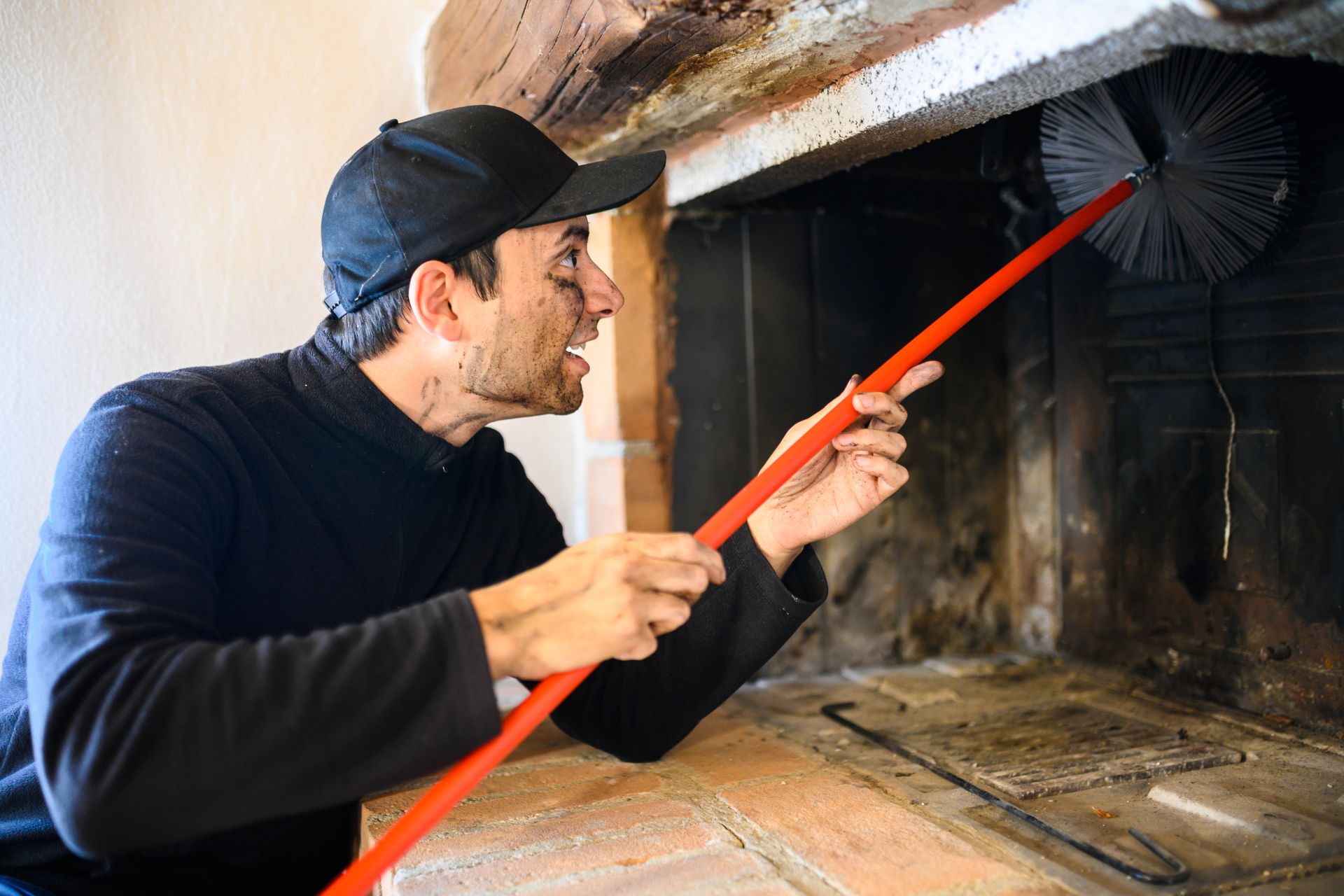
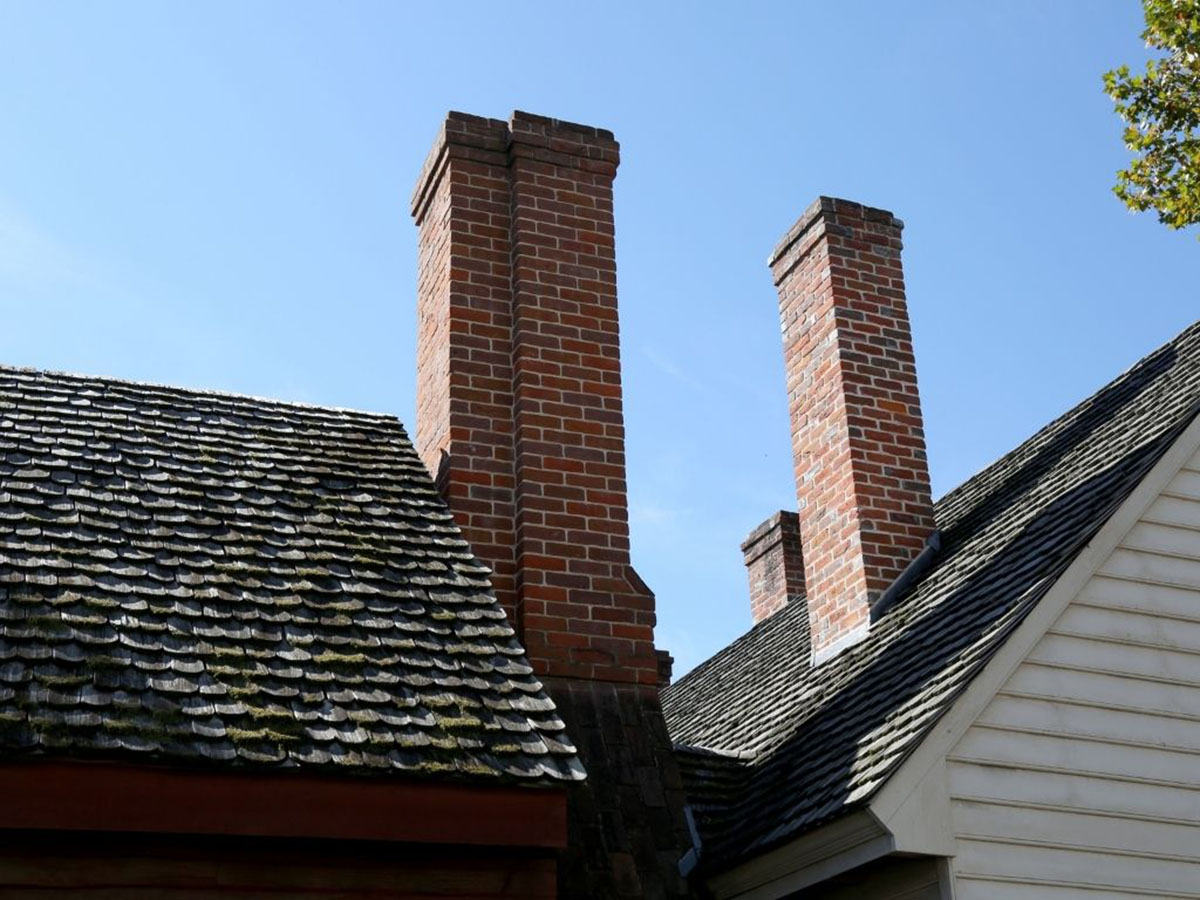
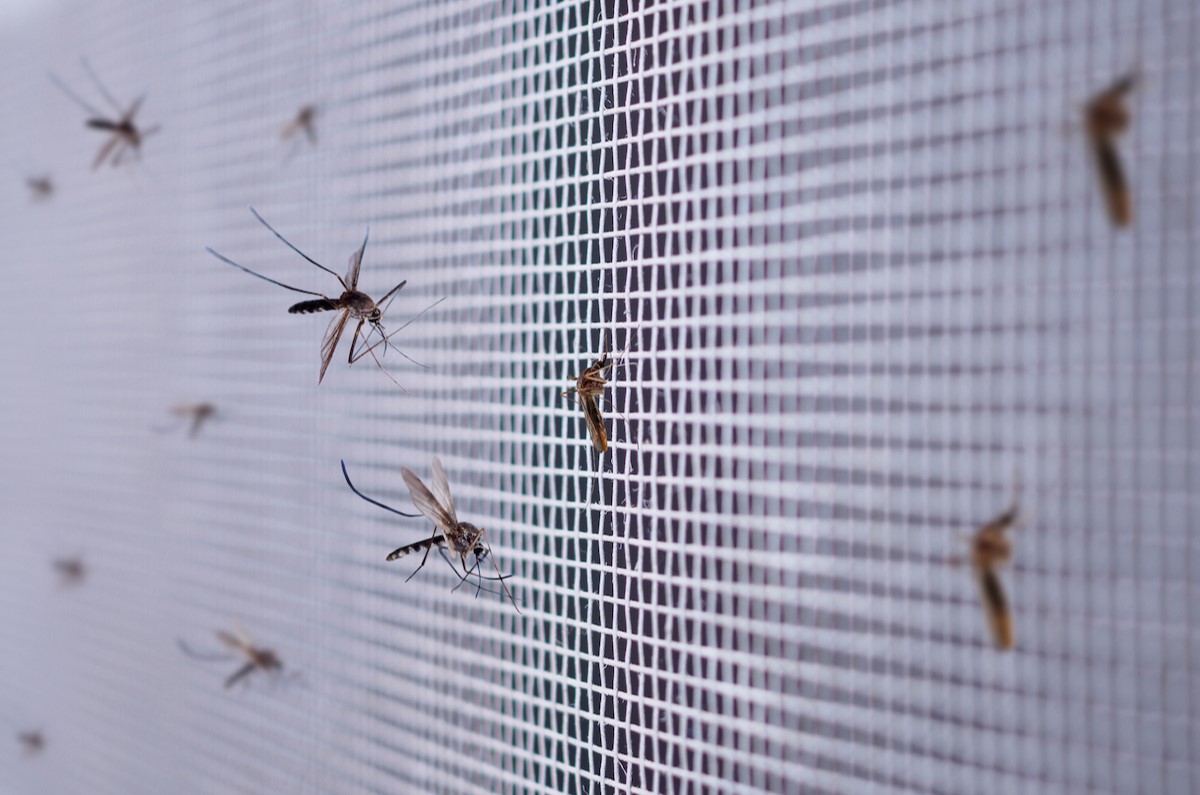
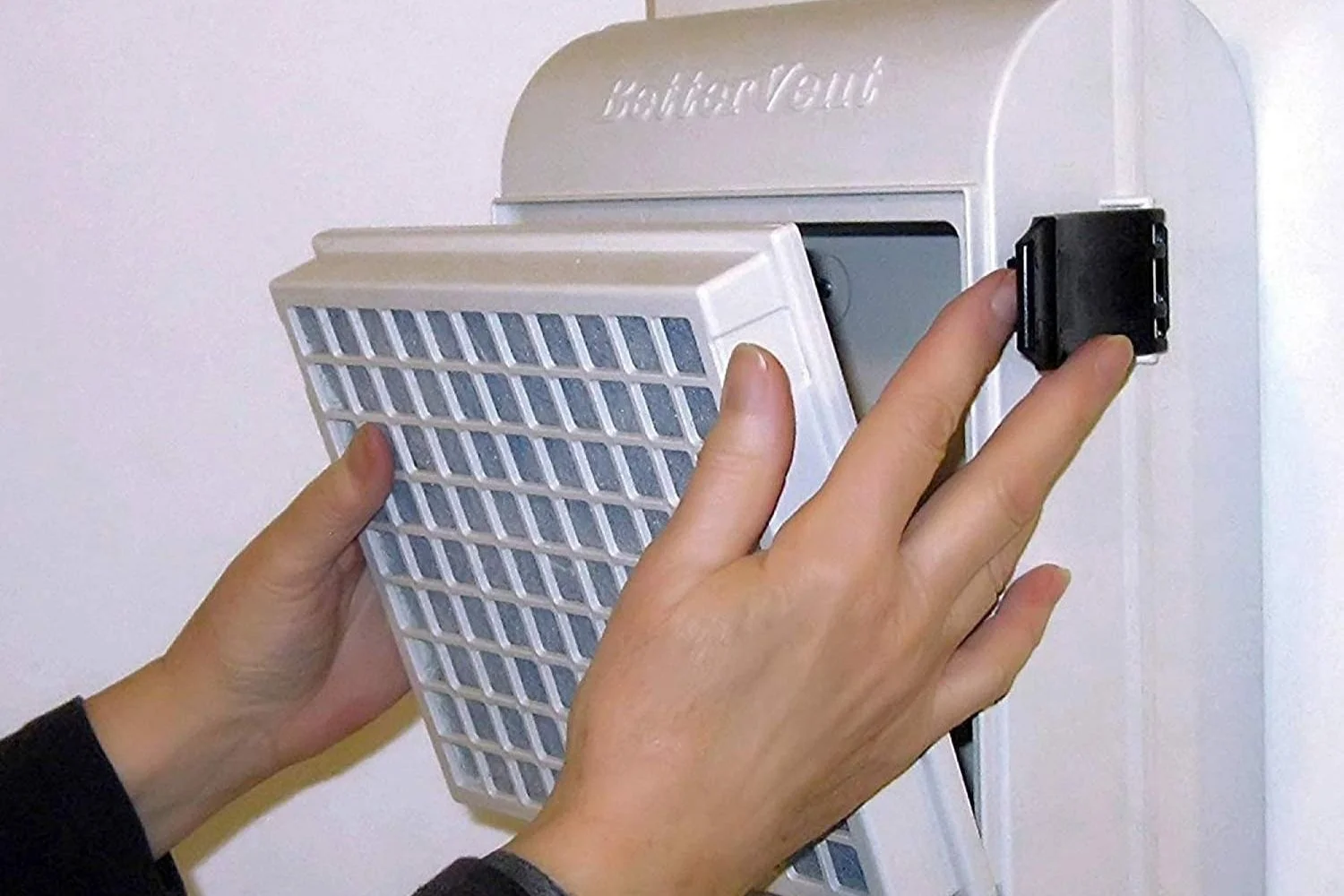
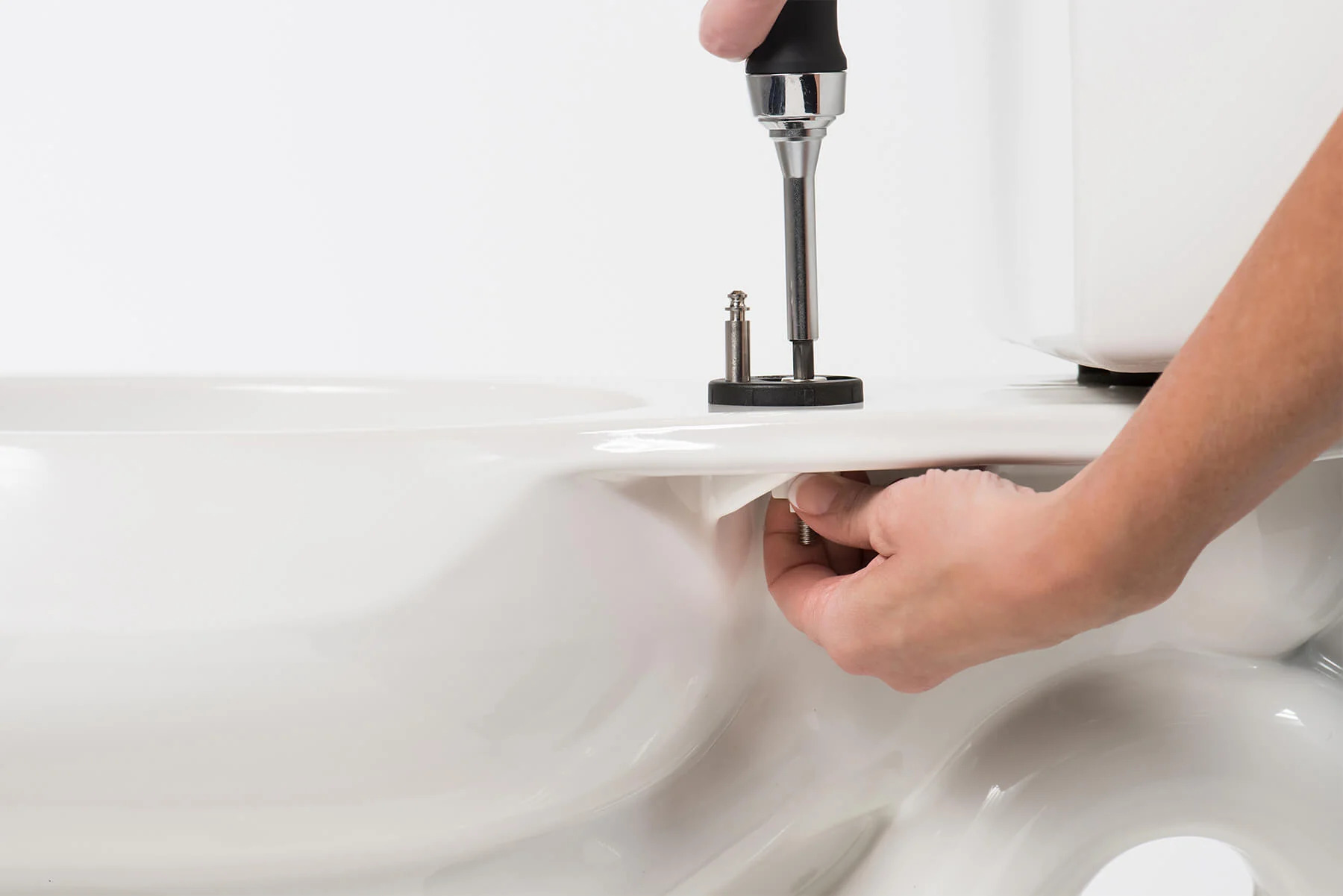
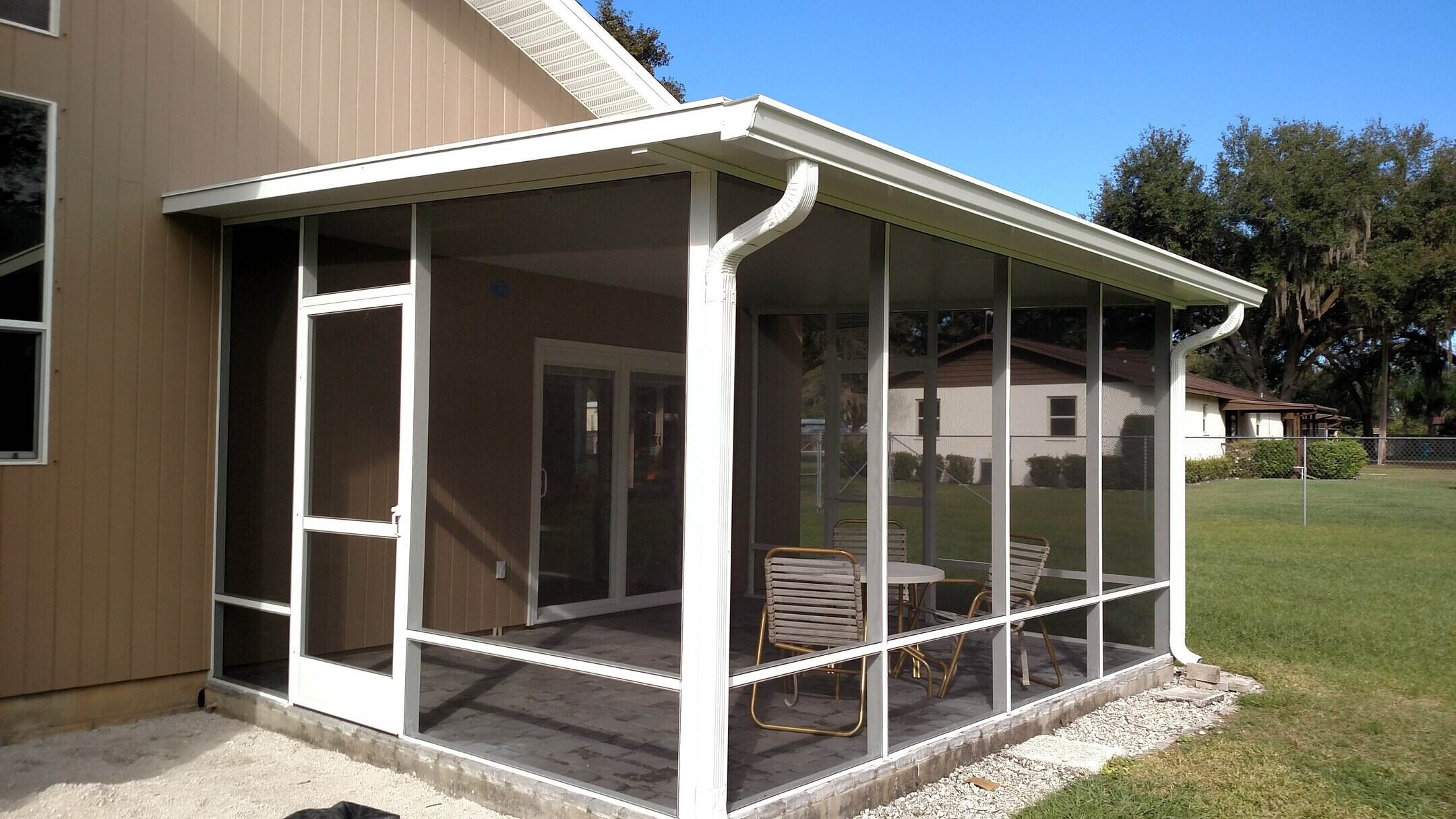
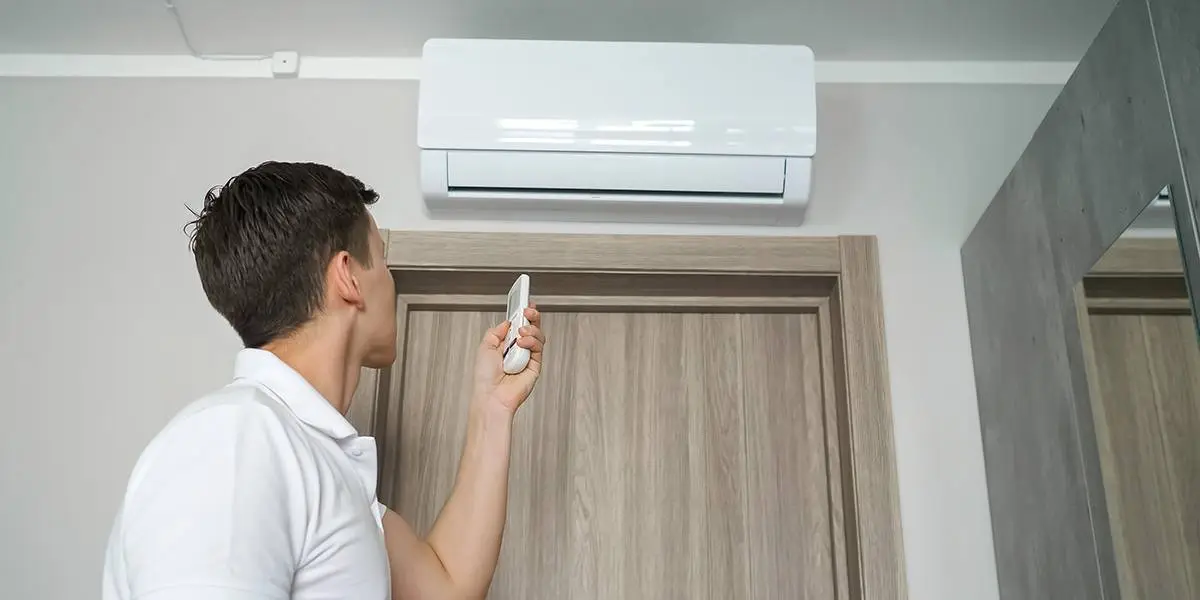
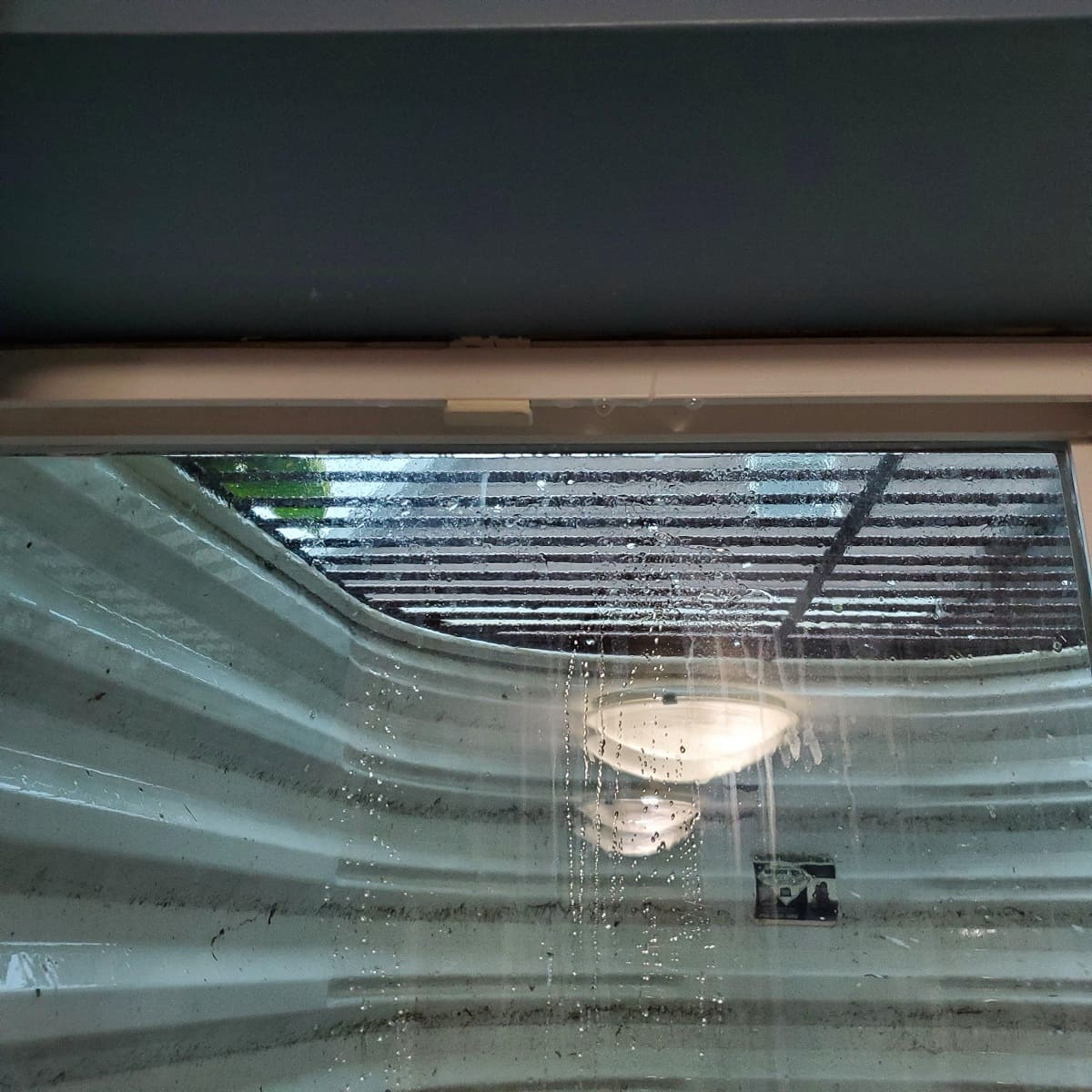
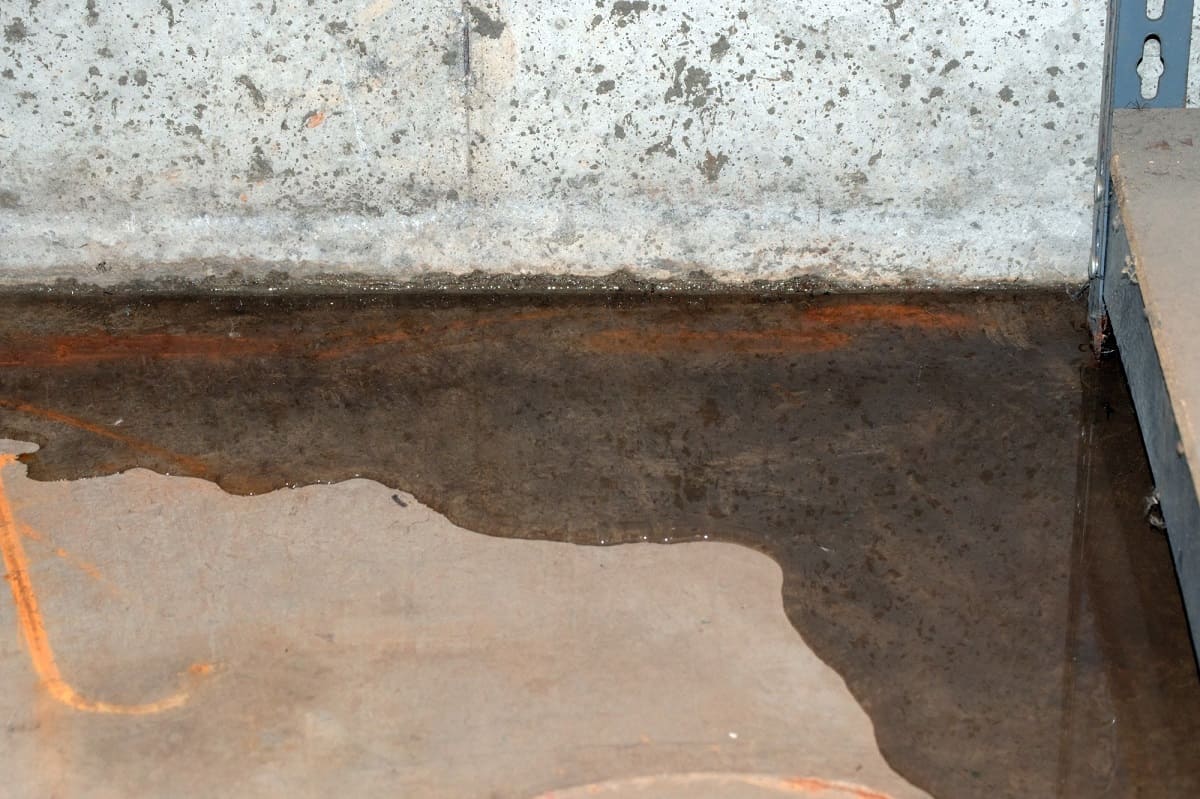
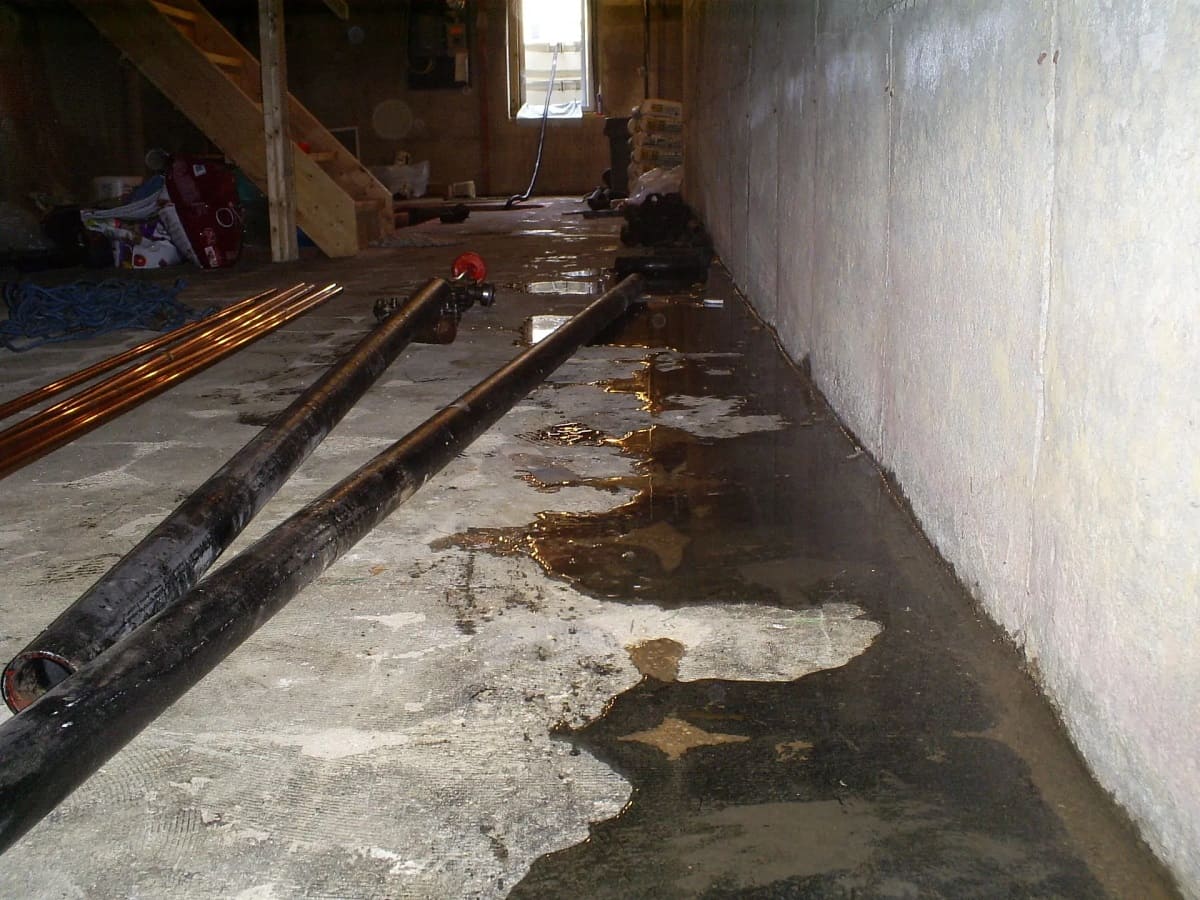
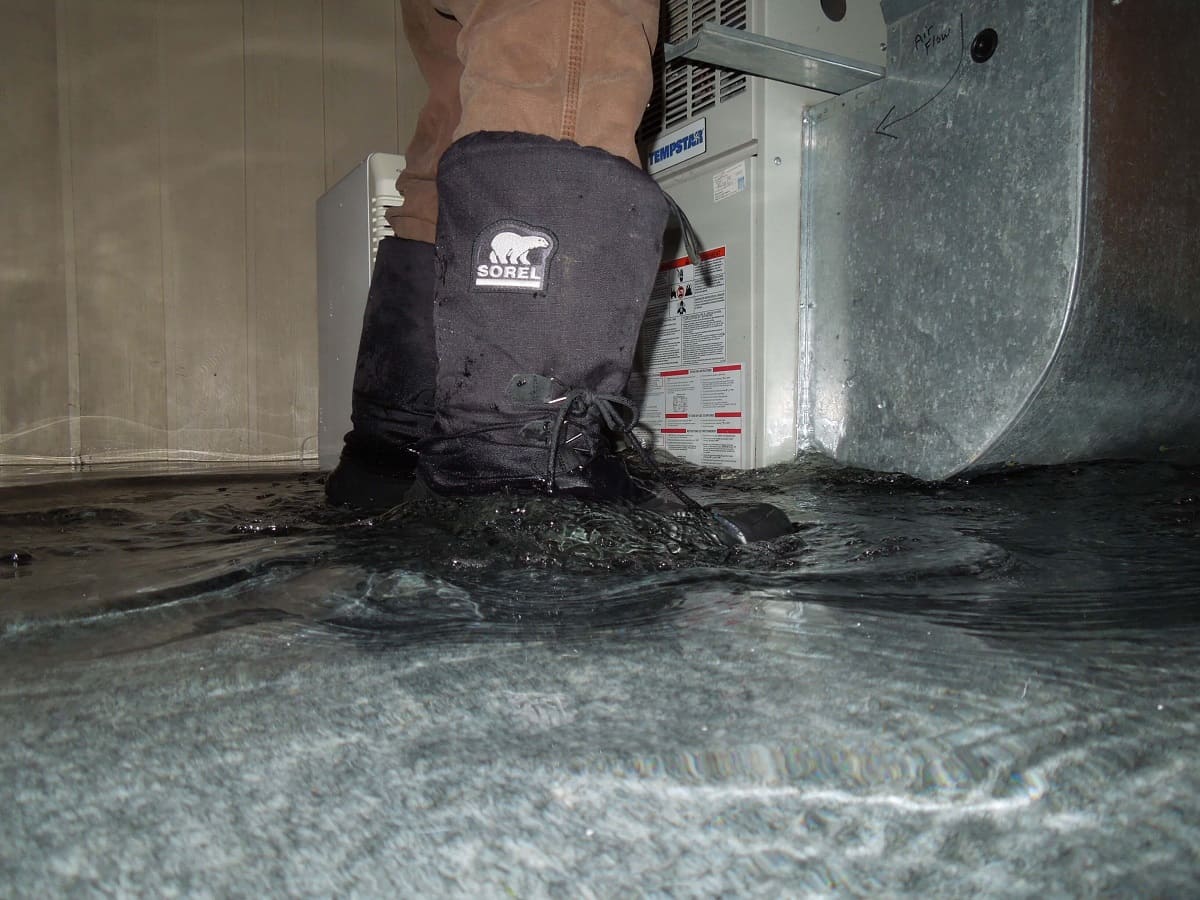
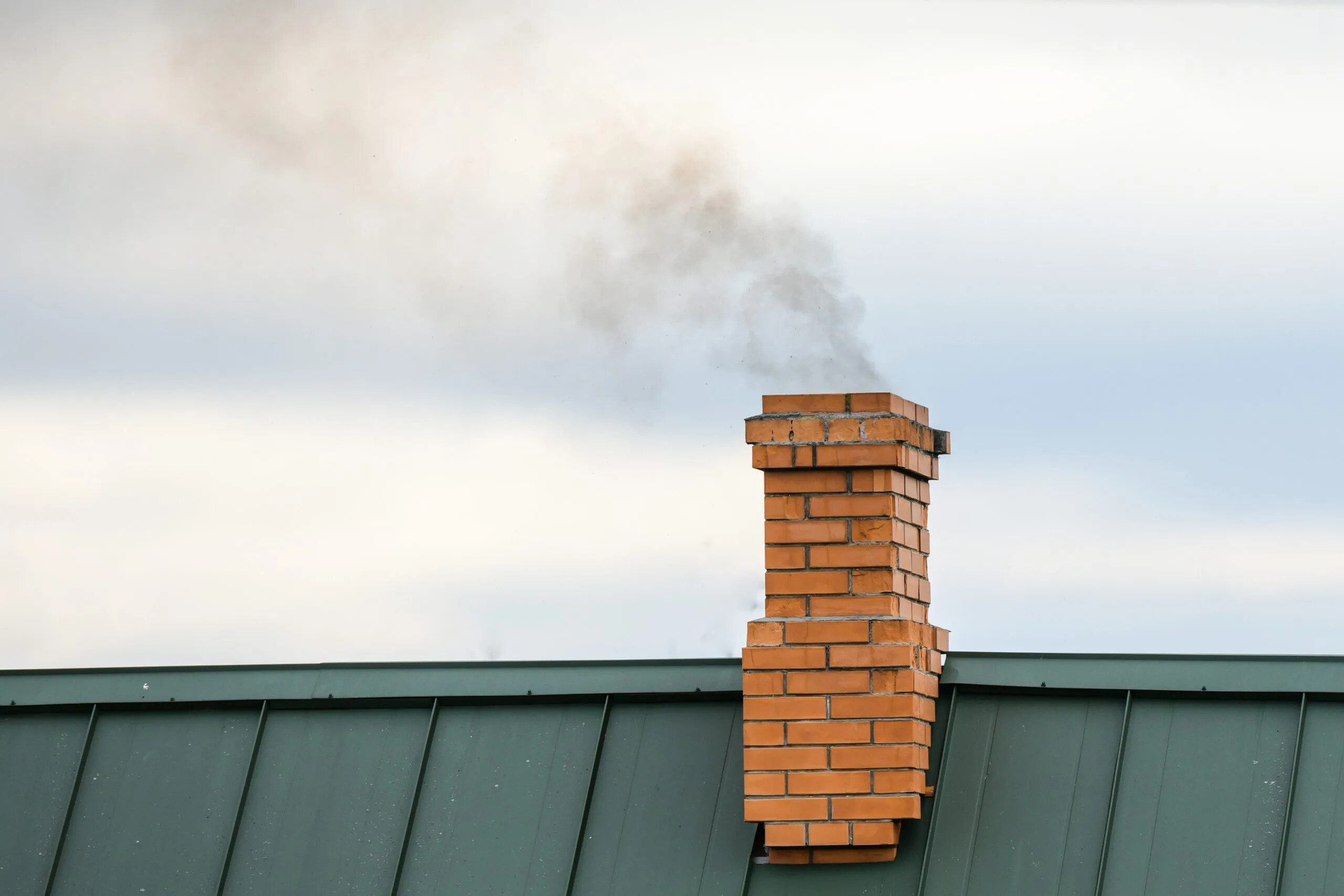
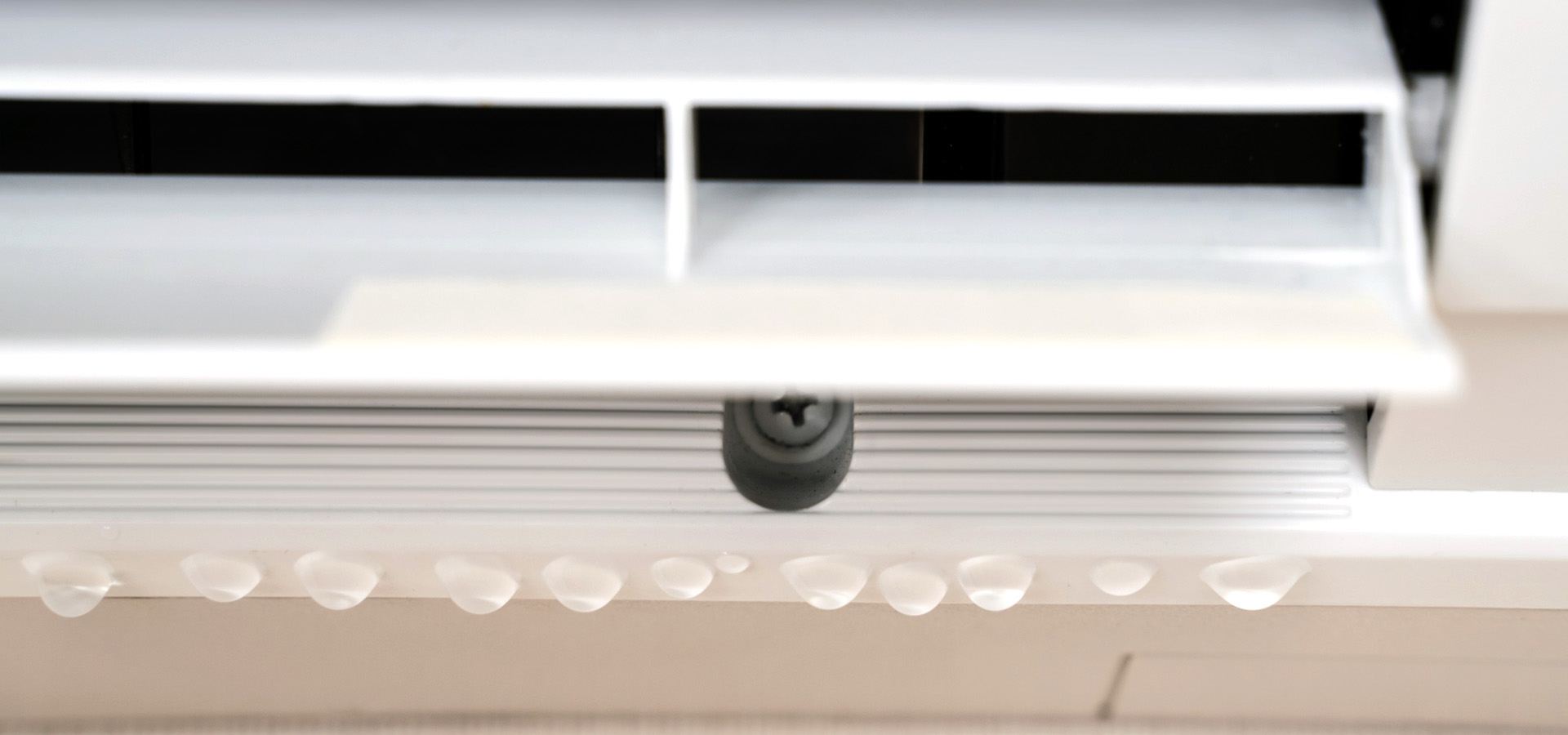


0 thoughts on “How To Stop Cold Air From Coming Down Chimney”